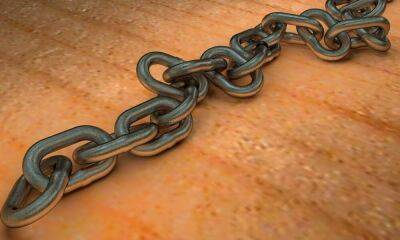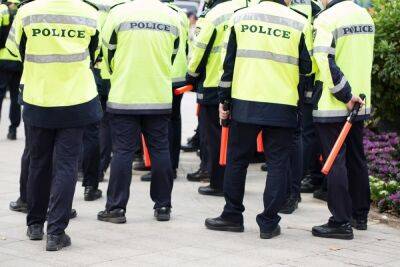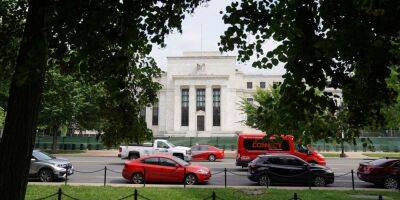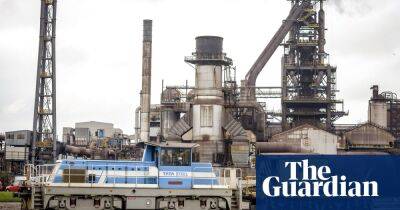How the cost of living crisis is hammering UK households – in charts
Britain is facing the highest rates of inflation since the early 1980s, with households suffering the biggest hit to their incomes since modern records began. Energy bills are soaring, as is the cost of petrol. Food inflation is at a 13-year high, running at 8.3%, the market research firm Kantar said on Tuesday. The government has announced billions of pounds in emergency financial support, but has faced heavy criticism over its handling of the cost of living crisis as millions struggle to afford the basics.
To set out the scale of the hardship facing families, the Guardian used data compiled by the Resolution Foundation and National Institute of Economic and Social Research (NIESR) to produce the charts below. It shows how years of austerity and low income growth have left those on the lowest earnings with little room to manoeuvre. Those with the least will suffer most.
The forecasts show just how many people will fall into the red, at least temporarily, as incomes struggle to match the rising cost of living.
Adam Corlett, the principal economist at the Resolution Foundation, said that no one is immune: “Inflation hitting its highest level in four decades is the main cause of the cost-of-living squeeze, causing pay packets and families’ household incomes to fall in real terms.
“The current crisis is painful for households, but it should start to ease next year. The bigger problem is that it sits in the wider context of over a decade of weak economic growth and stagnating living standards that leaves households far more exposed to economic shocks. Ultimately, stronger, shared growth is the only sustainable route out of this.”
Inflation and median equivalised household disposable income data – both on a nominal and real
Read more on theguardian.com


















